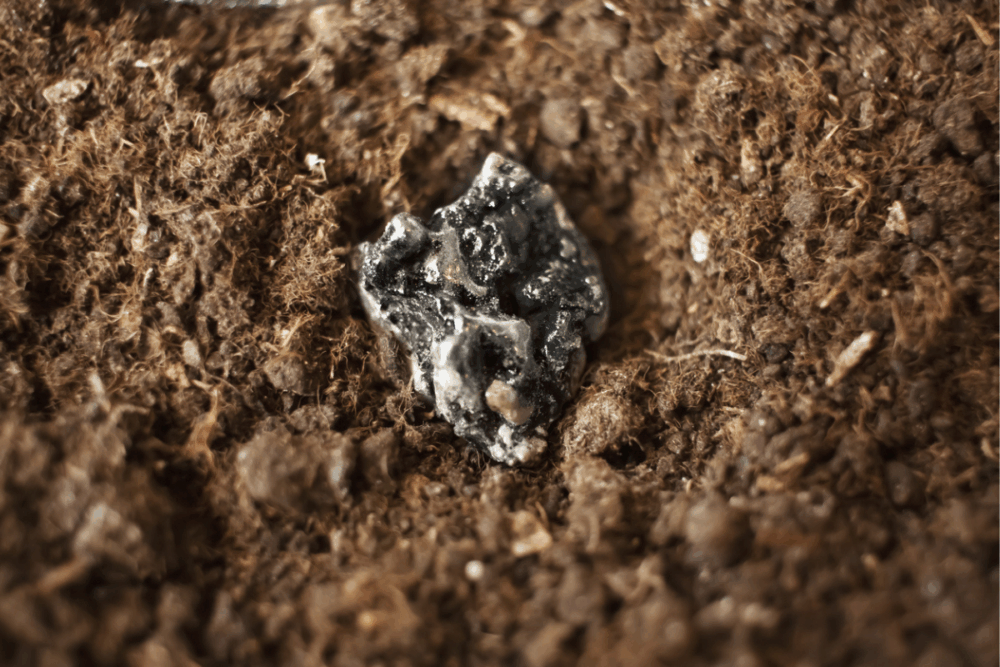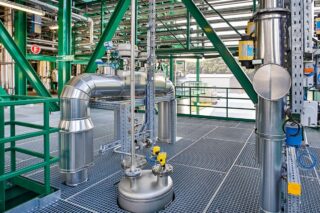In the last few weeks, the global trade of rare earth elements (RRE) has become a hot topic and a retaliation device for China to counter the US Administration’s new tariffs. Beijing has halted its exports entirely to retaliate against President Trump’s trade policies. As a result of the tariff shock, the country is looking to set up a new system of special rare earths export licenses for any country, not just the US. But what exactly are rare earth elements, and why are they such an important part of trade agreements?
What Are Rare Earth Elements?
The term indicates a group of seventeen metallic elements used in several critical stages of the industrial production of high-tech products, such as smartphones, computer hard drives, electric and hybrid vehicles, flat-screen monitors, TVs, and more.
Rare earth elements (RREs) aren’t actually as rare in nature as their name could immediately suggest. They typically exist as widely dispersed trace impurities on the Earth’s crust, though, requiring massive amounts of raw ore to be processed at significant cost to obtain usable quantities at sufficient purity. This difficulty in their extraction process, rather than actual scarcity, is what earned them the name “rare” earths.
Why Are They So Important?
As these elements are also used in many stages of the broader industrial production, it’s clear that they play a fundamental role in several industry value chains. In the energy sector, in particular, they are irreplaceable parts for the production of solar panels, wind turbines, and energy-efficient lighting, therefore playing a decisive role on green energy transition plans as well. They are also a fundamental part in the production of lasers, glass, magnetic materials (especially neodymium).
If that alone wouldn’t be enough, REEs are particularly important in highly critical industries tied to national security, such as space and defense. As the US Geological Survey agency explains:
“Significant defense applications of rare earth elements include electronic displays, guidance systems, lasers, and radar and sonar systems. Although the amount of REE used in a product may not be a significant part of that product by weight, value, or volume, the REE can be necessary for the device to function. For example, magnets made of REE often represent only a small fraction of the total weight, but without them, the spindle motors and voice coils of desktops and laptops would not be possible.”
China has rushed to regulate the trade of seven of the 17 rare earth elements: samarium, gadolinium, terbium, dysprosium, lutetium, scandium, and yttrium, which are known as heavy rare earth elements. The reason for this is that the US, like the rest of the West, is particularly vulnerable to the supply chain of this specific subset of minerals: as of 2023, China accounted for the processing of 99% heavy REEs, yielding a de-facto monopoly on their trade.

Where Are They Geographically Located?
While rare earths abound in China, the country only has about 60% of the known global reserves, followed by Vietnam, Russia, and Brasil. The reason for China’s REE monopoly is, in fact, due not to their abundance on the country’s soil but rather to the Chinese industry’s role in the elements’ refinement chain. As explained the the European Council in a 2024 Horizon report:
“Since the 1970s, China has put a lot of money into refining, separation, and processing technologies. Rare earths from anywhere in the world must be sent to China because it has the processing plants and expertise. In addition, it has created long supply chains – from mining through processing to manufacturing final products, including electric cars, medical devices, and energy products. That adds to the country’s economic leverage, including over rare-earth prices.”
To solve these imbalances as demand is expected to increase, and to protect the European industrial sector from China’s REEs dominance, in March 2024 the EU Council adopted the European Critical Raw Materials Act. The act aims to diversify the supply, strengthen circularity, and support research and innovation in developing sustainable substitutes for at least some of the most critical elements. These include rare earth metals but are not limited to them. For example, Tungsten, Lithium, and Boron are among other industry-critical materials used in electric vehicles, electronics, and fertilizers that the EU still imports massively from China.
What Does the Mineral Agreement Signed Between the United States and Ukraine Contain?
Rare earth elements have entered the spotlight in the context of the war in Ukraine. The mineral agreement signed last week between the United States and Ukraine aims to deepen strategic cooperation in the exploration, extraction, and processing of critical raw materials.
The U.S. interest in Ukraine’s natural resources is no coincidence: Ukraine is believed to hold one of the largest reserves of key minerals in the world. According to estimates, its subsoil contains around 5% of global reserves of critical raw materials. These include manganese and titanium (with 7% of global reserves each), as well as graphite, of which Ukraine reportedly holds 20% of the world’s known reserves. Graphite is indispensable in the production of electric vehicle batteries, making it a cornerstone of the energy transition.
The bilateral agreement goes beyond general intentions. It includes provisions for sharing geological data, encouraging private investment, and providing technical support to help Ukraine develop its mineral sector in line with Western environmental and industrial standards.
For Kyiv, the deal represents a path to economic growth and industrial modernization. Ukraine’s president, Volodymyr Zelensky commented:
“The agreement has changed significantly during the preparation process. It is now truly an equal partnership – one that creates opportunities for substantial investment in Ukraine, as well as significant modernization of Ukraine’s industries and, equally importantly, its legal practices.”
For Washington, this deal is a strategic move to diversify supply chains and reduce dependence on China in a resource sector critical to both defense and green technologies.
The only question that remains: will this rare earths race help bring an end to the war in Ukraine?
To learn more about tariffs, read our article:












